
How Do Chemical Hair Straighteners Work – and Are They Safe to Use?
We recommend helpful products in our articles. Read our full disclosure here. The content on this website is not intended to be a substitute for professional advice, diagnosis, or treatment.
Curly hair looks amazing when it’s properly maintained and cared for.
But not everyone has the time and money to maintain their curls.
So you start craving sleek, smooth hair that only needs a good brush, and it’s ready to go out into the world.
This is where chemical hair straighteners come into the scene.
These products turn your wavy hair into straight locks and keep it that way shower after shower.
It’s like magic!
But do you know how this magic happens and whether or not it’s safe to use?
Let’s find out together.
Hair Science – What Makes Your Hair Curly
Our hair isn’t just a fiber strand.
It’s largely composed of keratin proteins, and it has three parts.
There’s the outermost layer, called the cuticle, and its main job is to protect the two inner layers.
In the middle, you’ll find the cortex, which is responsible for hair strength, elasticity, and color.
Lastly, in the center, there’s the medulla, which is not present in thinner hair types (only thicker ones).
Now, let’s talk about the shape of the hair (curly, wavy, straight, or in between).
The shape of your follicles determines the shape of the hair.
The shape of the follicles is determined by the genes you inherit from your parents.
So, if your hair is straight or curly is determined by your parents’ lineage.
Straight hair grows from round follicles, while flat or oval-shaped follicles result in curlier or wavy hair.
This is roughly why each type of hair has its own special care needs.
Another contributing factor is links called disulfide bonds between proteins in the cortex.
These bonds can be affected by hydrogen bonds that form between water molecules and proteins present in hair – specifically when it’s wet!
When these hydrogen bonds shift as your strands dry out and adapt to your surroundings—voila!
Your unique curl pattern emerges.
Chemical Hair Straighteners – What & How
Hair straighteners, as the name suggests, are products designed to transform wavy or curly locks into smooth, straight tresses.
However, on most curly hair types, this result cannot be achieved with heat alone.
You need a special solution that basically re-arranges the structure of your hair.
Chemical straighteners include unique ingredients that target and alter the natural form of your hair.
They penetrate the cortex and adjust and reposition the disulfide bonds responsible for your natural wave or curl pattern.
To go from curly or wavy hair to smooth, straight locks, you have to allow the chemical product to sit for about 20 minutes.
This is the approximate time it takes for the solution to penetrate your cuticles and play Tetris with your disulfide bonds.
Once this time passes, you have to rinse out the product and continue the process by drying and flat-ironing each section.
This seals in that new structure.
Are Chemical Hairs Straighteners Safe to Use?
Now that you understand the changes that take place on a structural level, it’s natural to wonder if the process is safe.
First of all, it’s clear by now that chemical hair strengtheners don’t just rearrange the structure of your hair.
They also impact your hair’s overall health.
Add to this the heat treatment, and you may end up with frizzy, fragile hair that breaks apart at the first touch.
Moreover, exposure to these chemicals may also irritate the skin, which may lead to rashes.
However, there’s another reason for concern.
Recent studies have revealed there may be a connection between uterine cancer and chemical hair straighteners.
The latest studies found an alarming occurrence of uterine cancer in patients who use chemical hair straighteners (particularly products that include compounds like formaldehyde) on a regular basis for long periods of time.
Prolonged use of these products may also lead to chronic dermatitis or respiratory ailments due to inhalation of toxic fumes.
It’s important to note that the risk varies depending on an array of factors like the type and strength of the straightening product used or the duration and frequency of exposure to these chemicals.
Conclusion
Overall, chemical straighteners, especially the ones that don’t contain harmful compounds like formaldehyde, are safe to use (if used sparingly).
However, prolonged exposure to any of these products may lead to various health problems.
Disturbing as these facts might be, it’s necessary to understand them as they form part of your overall hair care journey.
These insights are crucial in helping you make conscious decisions about whether chemically straightened hair is worth these potential risks.
"We love to research problems, examine studies, analyze solutions, and share with you ideas that make life healthier. You can learn about us and our editorial standards here. Have suggestions or feedback to share? Send us a message!."


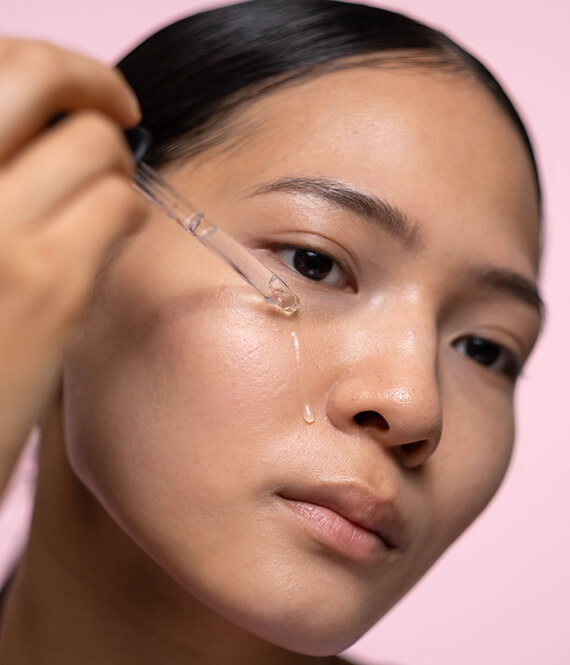




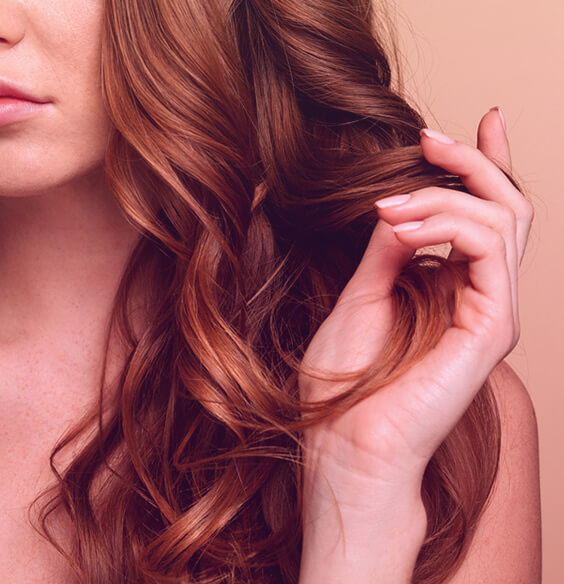

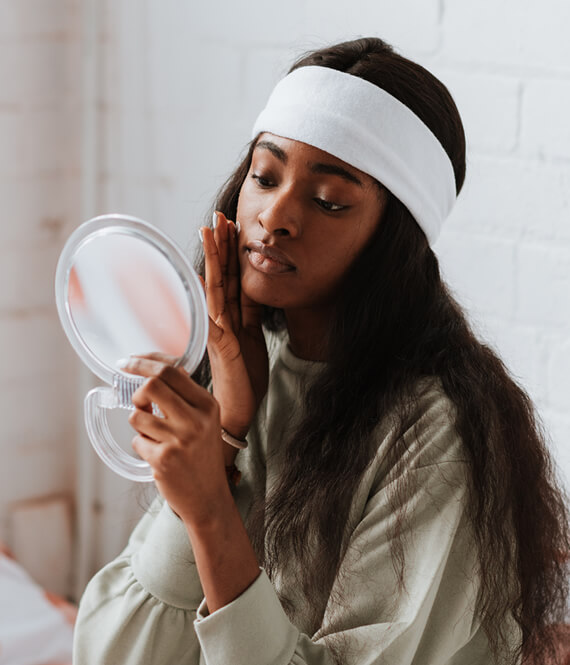
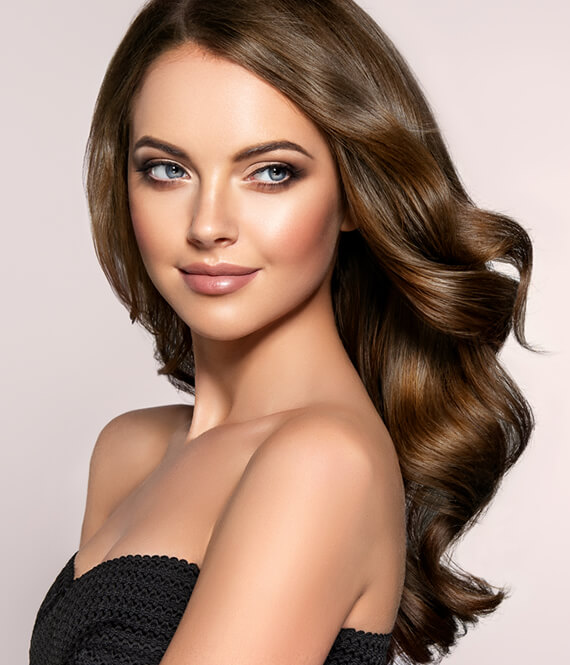
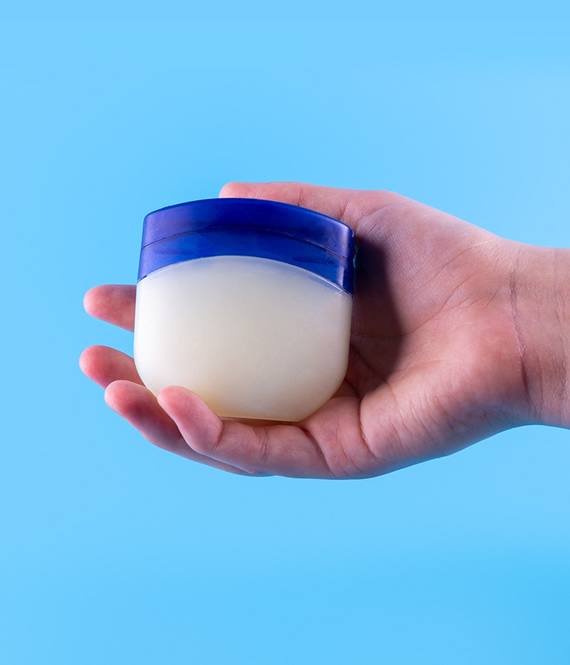

Leave a Comment